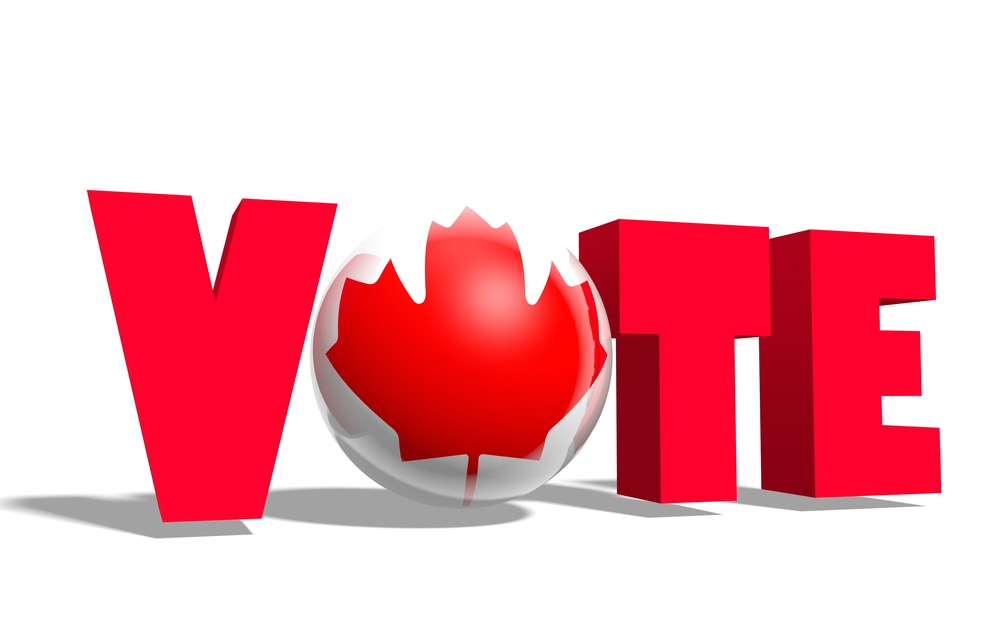Market Participants May Want to Look Past Canada’s Election Outcome

Please note that we are not authorised to provide any investment advice. The content on this page is for information purposes only.
Canada’s national election is Monday. The latest opinion polls show a virtual dead heat between the governing Conservatives and Liberals.
Two main issues dominate. The first is the economy. Canada is struggling. Although the contraction period is over, growth is fragile. The economy contracted for the first five months of the year. Unemployment has steadily risen over the past year. Last month it stood at 7.1%, which matches the highest level since the end of 2013. It was 6.6% in January.
Canada’s national election is Monday. The latest opinion polls show a virtual dead heat between the governing Conservatives and Liberals.
Two main issues dominate. The first is the economy. Canada is struggling. Although the contraction period is over, growth is fragile. The economy contracted for the first five months of the year. Unemployment has steadily risen over the past year. Last month it stood at 7.1%, which matches the highest level since the end of 2013. It was 6.6% in January.
The Bank of Canada has cut rates twice this year in response to the disappointing economic activity. The Canadian economy was levered on high commodity prices. This produced what is known as the Dutch disease. During the commodity boom, the currency appreciated dramatically and this squeezed the non-energy sector, where the bulk of the population lives (Ontario and Quebec).
The second issue that appears to be rivaling the economy is immigration. Specifically it is about integrating immigrants. It is about the extent to which immigrants about able to preserve their traditional culture. It is head coverings of women is center of the controversy. Ironically, it is not just the political rhetoric about immigrants, but that closeness of the contest may make the immigrant vote a decisive. There are some voting districts around Toronto in which 40-50% of the voters are relatively new immigrants.
Although we had thought the Canadian dollar would be impacted by the political uncertainty surrounding the election, the focus is elsewhere. Many traders emphasize oil prices. Simply looking at directional correlation, oil and the Canadian dollar have moved in the same direction 94 of the past 100 sessions. Correlation of returns (percentage change) is about 0.57 over the past 60 sessions. It has been flat, around there since late-May.
The two-year interest rate differential also is a factor. The Canadian dollar moves in the same direction as the US Canadian interest rate differential 72 times in the last 100 sessions. It was above 90 in August and the first half of September.
Another driver is the general risk environment. Here we use the S&P 500 as our proxy. The Canadian dollar typically moves in the same direction as the S&P 500. Over the past 100 sessions, they have moved in the same direct 69 times. This is the highest for the year. When we correlate the returns, we find a nearly 0.78 correlation over the past 60 sessions, which is also near the highest since July 2014.
The electoral outcome may pose some headline risk, but market participants may be better served by focusing on the drivers of the Canadian dollar: oil, interest rate differentials, and the general risk environment.
Canada Goes to the Polls on Monday October 19 is republished with permission from Marc to Market




